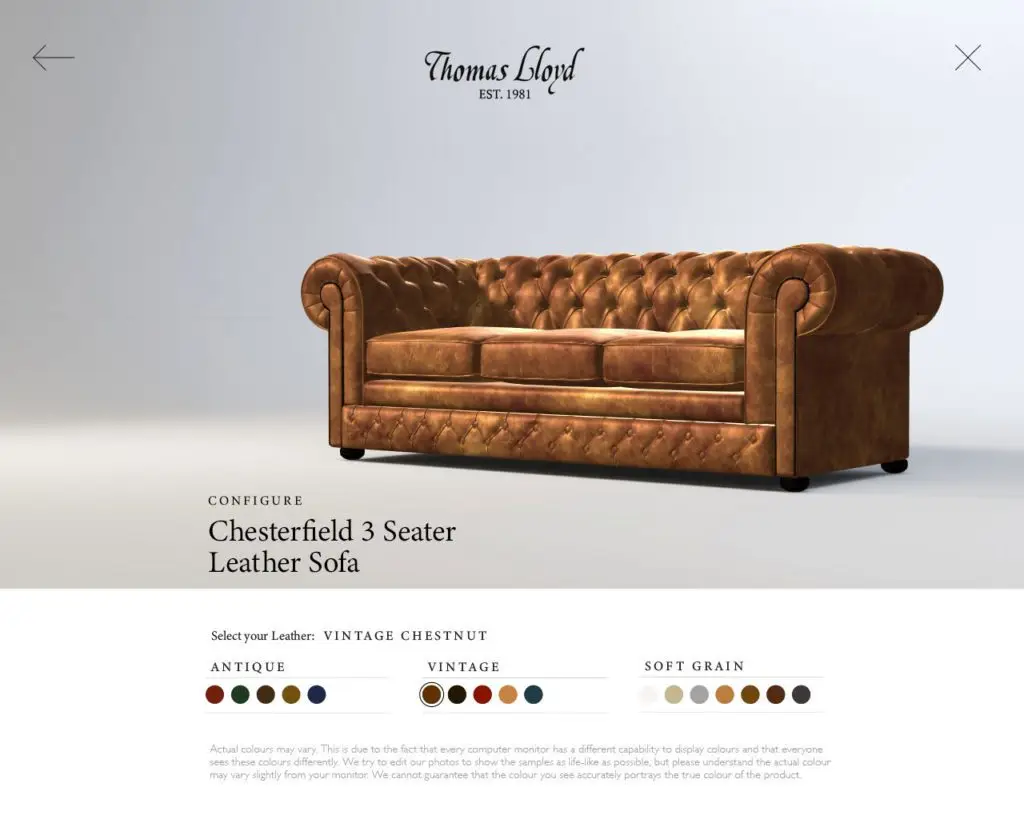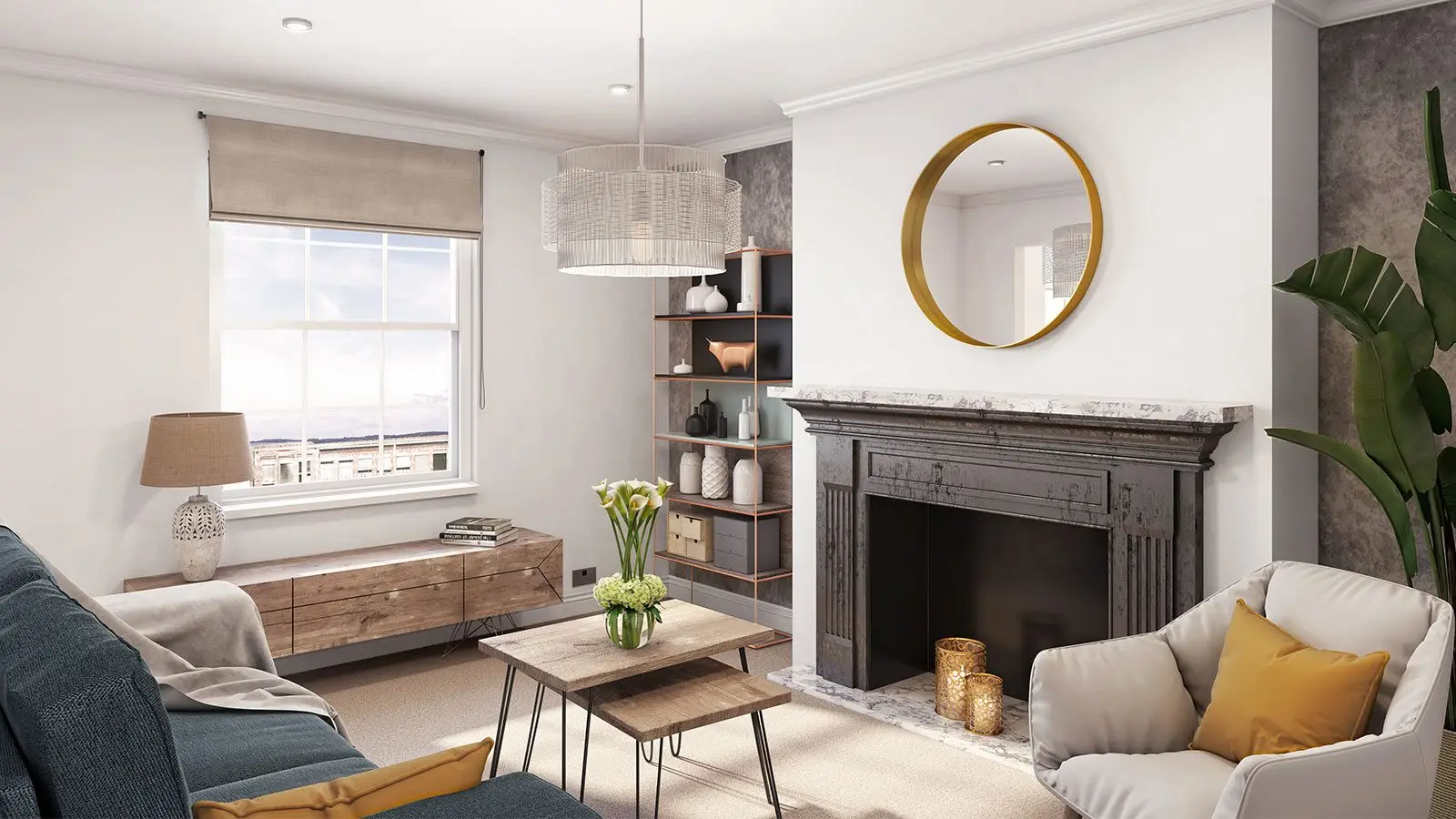
5 of the biggest challenges and problems when creating an online 3d configurator project
Welcome to our webpage dedicated to the discussion of creating and sustaining successful online 3D configurator projects. Whether you’re a business owner, project manager, or stakeholder, this page offers valuable insights on overcoming challenges and ensuring project success.
Discover the five biggest challenges faced during development, learn strategies to prevent scope creep, and explore actionable steps that customers can take to ensure a smooth and sustainable project experience for all parties involved. Join us as we delve into the world of 3D configurators and unlock the keys to a successful implementation.
Technical Complexity: Developing a 3D configurator involves handling complex technologies such as computer graphics, 3D modelling, rendering, and real-time interaction. Integrating these components seamlessly and ensuring smooth performance can be challenging, requiring expertise in programming and computational resources.
Data Management: 3D configurators require a significant amount of data, including 3D models, textures, materials, and product configurations. Managing and organising this data can be a challenge, especially when dealing with a large number of products or variations. Efficient storage, retrieval, and synchronization of data across platforms and devices need to be carefully considered
User Experience: Creating an intuitive and engaging user experience is crucial for the success of an online 3D configurator. Designing a user-friendly interface, providing clear instructions, and ensuring smooth interactions can be complex. Balancing the customization options with simplicity is essential to avoid overwhelming users or creating confusion.
Performance Optimisation: Real-time rendering and interaction in a 3D configurator require substantial computational power. Optimising the performance to provide smooth and responsive experiences, especially on a wide range of devices and internet connections, can be challenging. Balancing visual quality, loading times, and performance is crucial to ensure a satisfactory user experience.
Compatibility and Cross-Platform Support: Ensuring compatibility across various web browsers, operating systems, and devices is vital for broad user accessibility. Different platforms may have varying capabilities, screen sizes, and input methods, which can affect the functionality and performance of the configurator. Extensive testing and optimization may be required to ensure consistent performance and functionality across platforms.
These challenges require careful planning, expertise in various domains, and iterative development processes to overcome and deliver a successful online 3D configurator project.

How do you stop project creep on these types of projects
Project creep, also known as scope creep, refers to the gradual expansion of project requirements and objectives beyond the original plan. To manage and prevent project creep in online 3D configurator projects, you can follow these strategies:
Clearly Define Project Scope: Start by defining the project scope and objectives in detail. Document the specific features, functionalities, and deliverables that the 3D configurator should include. Involve all stakeholders in this process to ensure everyone has a clear understanding of the project’s boundaries.
Establish Change Control Processes: Implement a change control process that requires any proposed changes to go through a formal review and approval process. Clearly define the criteria for evaluating change requests and consider their impact on the project timeline, resources, and budget. This process will help prevent unauthorized changes and keep the project focused.
Prioritise Requirements: Prioritise the requirements based on their importance and impact on the project’s success. Identify the “must-have” features and functionalities and distinguish them from the “nice-to-have” ones. This approach helps maintain focus on the core objectives and prevents unnecessary additions that could lead to project creep.
Regular Communication and Collaboration: Maintain open and regular communication channels with stakeholders, including clients, designers, developers, and project managers. Encourage collaboration and involve stakeholders in decision-making processes. This approach allows for early identification of potential scope creep and facilitates discussions to address any changes in requirements.
Agile Project Management: Consider adopting an agile project management methodology, such as Scrum or Kanban. These methodologies promote flexibility and adaptability, allowing for changes to be incorporated in a controlled manner. Frequent iterations, sprints, and reviews enable ongoing communication with stakeholders, making it easier to manage and control scope creep.
Document and Track Changes: Document all changes that occur throughout the project, including their justifications, impact, and approval status. Maintain a change log or a version control system to track the evolution of requirements and ensure everyone is aware of the modifications made during the project’s lifecycle.
Educate Stakeholders: Provide education and awareness to stakeholders about the impact of project creep on time, resources, and budget. Help them understand the importance of sticking to the defined scope and the potential risks associated with uncontrolled changes. Clear communication about the project’s constraints and limitations can help manage expectations and prevent scope creep.
By implementing these strategies, you can effectively manage project creep and keep online 3D configurator projects on track, ensuring successful delivery within the defined scope and objectives.
What can customers do to make sure these types of projects go to plan and are sustainable for all parties involved
Customers play a vital role in ensuring the success and sustainability of online 3D configurator projects. Here are some actions customers can take to make sure these projects go to plan and are sustainable for all parties involved:
Clearly Define Requirements: Invest time in clearly defining your requirements and objectives for the 3D configurator project. Provide detailed documentation or specifications that outline your expectations regarding features, functionalities, user experience, and desired outcomes. The more specific and comprehensive your requirements, the easier it will be for the development team to understand and deliver accordingly.
Engage in Effective Communication: Establish effective communication channels with the project team and maintain regular contact throughout the project lifecycle. Actively participate in meetings, provide prompt feedback, and address any questions or concerns raised by the development team. Clear and timely communication fosters collaboration, prevents misunderstandings, and ensures that the project progresses smoothly.
Involve Key Stakeholders: Identify and involve key stakeholders from your organization who will be impacted by the 3D configurator. This includes marketing, sales, product development, and IT teams. By involving them early on, you can gather diverse perspectives, ensure alignment with your business goals, and gain valuable insights to create a solution that meets the needs of all stakeholders.
Prioritize and Validate Requirements: Understand that not all requirements can be implemented simultaneously, especially within a limited timeframe or budget. Prioritize the most critical requirements and validate them with the development team. This collaborative approach helps identify any technical limitations, potential trade-offs, and alternative solutions. It ensures that the project stays on track and aligns with the available resources.
Provide Timely and Constructive Feedback: Regularly review and provide feedback on the progress of the project. Timely feedback allows the development team to make necessary adjustments and address any issues promptly. Be specific and constructive in your feedback, focusing on what is working well and what improvements or changes are required. Collaboration and a positive feedback loop contribute to a successful outcome.
Plan for Long-Term Maintenance and Support: Consider the long-term sustainability of the 3D configurator project. Discuss with the development team about ongoing maintenance, updates, and support requirements. Ensure that the project is built using scalable and maintainable technologies, and establish a support plan that outlines how issues and updates will be addressed post-launch. Planning for sustainability from the outset prevents potential disruptions and ensures the longevity of the project.
Invest in User Testing and Training: Allocate time and resources for user testing and training. Conduct thorough testing of the 3D configurator with representative users to identify any usability issues or areas for improvement. Provide training materials or sessions for your internal users to maximize the effectiveness of the configurator and ensure a smooth adoption process.
By actively participating, providing clear requirements, fostering effective communication, and planning for long-term sustainability, customers can contribute significantly to the success of online 3D configurator projects. Collaboration and mutual understanding between the customer and the development team are key to achieving a solution that meets the needs of all parties involved.






